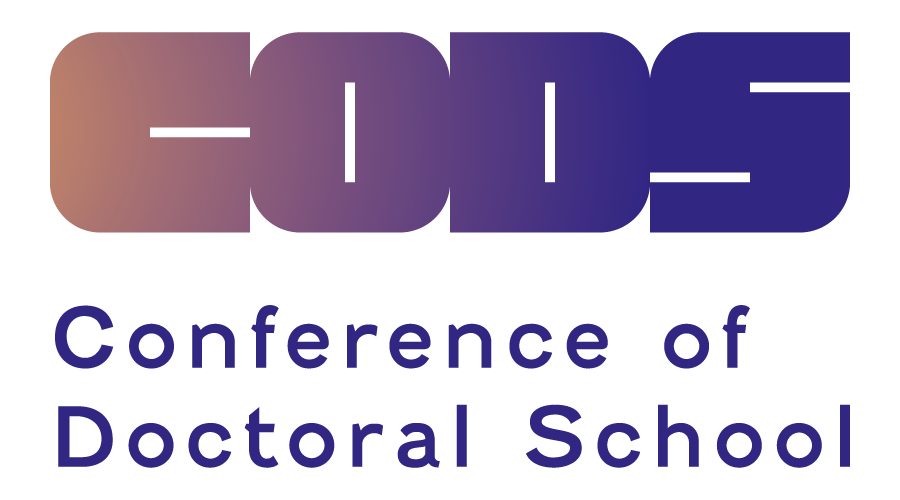
Anna Seweryn
PhD Candidate, The AGH University of Science and Technology, National Archive in Cracow – conservator of archival materials, custodian of the photographic and audiovisual resources of the National Digital Archive
BIO
Conservator of photographs, graduate of the Faculty of Conservation and Restoration of Works of Art at the Academy of Fine Arts in Cracow and the Hochschule für Technik und Wirtschaft in Berlin (conservation of photographic and audiovisual materials). Employee of the National Archive in Cracow – conservator of archival materials, custodian of the photographic and audiovisual resources of the National Digital Archive. Scholarship holder of The Trust for Mutual Understanding and The Samuel H. Kress Foundation in the photographic conservation studio at the Northeast Document Conservation Center (Andover, MA), and two-time recipient of a scholarship from the Minister of Culture and National Heritage (2018 and 2022). She has participated in many international trainings on the identification, preservation and research of archival photographic materials. Performed work in the field of conservation of photographs for museum, local government and church institutions, among others: Ethnographic Museum in Krakow, Museum of Contemporary Art MOCAK in Krakow, City Museum in Tychy, Regional Museum in Siedlce, Coal Mining Museum in Zabrze, Archaeological and Historical Museum in Glogow, Museum in Gliwice, Museum of the Jagiellonian University Collegium Maius, Phototeque of the Institute of Art History of the Jagiellonian University, Archives of the Polish Dominican Province in Krakow, Zofia and Jan Włodek Foundation. Student of the doctoral school at the AGH University of Science and Technology in Cracow.
Abstract
Seeing the picture. About imaging of photographs.
Historical photographs are usually perceived as flat objects, and when analyzing an image, we focus on its content while ignoring the aspect of the function and materiality of the medium, the technique of producing the object, existing layering or signs of degradation. A lot of data about the object is also lost in the digitization process, which is carried out mechanically and often unreflectively, and which, while allowing the data to be made widely available, at the same time loses the original materiality of the medium.
The goal of photographic research is to obtain as much information about the object as possible. The first analysis consists of observation with the unaided eye and under magnification, which allows us to observe the multi-layered structure of the representation, which consists of the substrate, the layer of the photographic image built up by the transparent binder along with the image-building particles suspended in it, and additional layers like varnishes or retouches. The photographic image itself, although it is as material as possible, in the context of the dynamic physical and chemical changes that can occur in it and the limited possibilities of seeing through the human eye, appears as an ephemeral existence, unique in the context of other art technologies. In the process of studying the collection, chemical techniques and analytical studies are also used, among which we can include multispectral imaging of works of art. Multispectral imaging is a technique for recording images in the full color space in the visible light range, as well as in the infrared and ultraviolet. The image produced by the process consists of multiple layers, which paradoxically brings it closer to the original structure of historical photography. Imaging can be appropriate as a tool on the way to clear image content and retouch, digitally erase traces of microbiological infection or reach the reverse of an object. The second method used in the analysis of archival and historical artifacts is reflectance transformation imaging focusing on the surface and texture of the object under study.
The digital files produced in the research process do not always carry significant technological or historical information, but they allow old archival materials to be seen anew and give them further meanings and additional aesthetic values.
